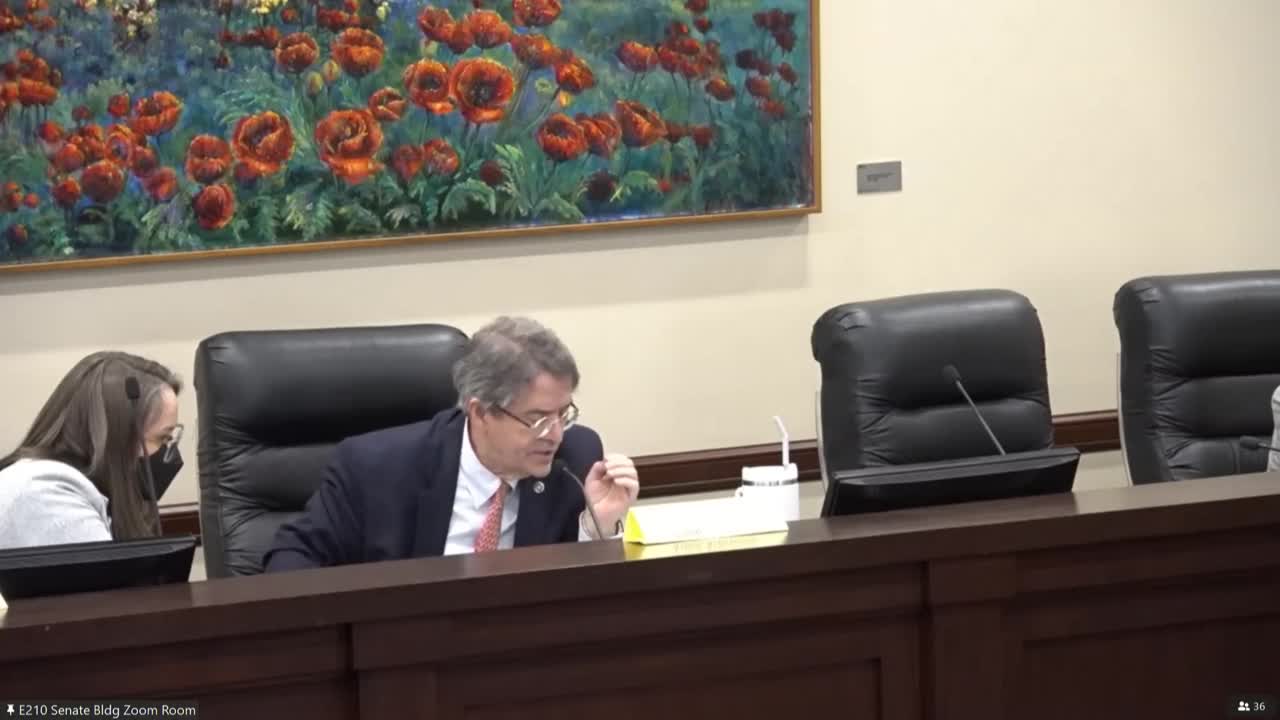Utah advocates clash over funding for dual immersion and mental health programs
January 27, 2025 | 2025 Utah Legislature, Utah Legislature, Utah Legislative Branch, Utah
This article was created by AI summarizing key points discussed. AI makes mistakes, so for full details and context, please refer to the video of the full meeting. Please report any errors so we can fix them. Report an error »

Concerns over dual immersion programs and mental health funding dominated the Utah Senate Education Committee meeting on January 27, 2025, as stakeholders voiced strong opinions on the future of educational support in the state.
Zachary Tamkrehn, a physician and parent, passionately advocated for the continuation of dual immersion programs, highlighting their benefits in bilingual education. He emphasized that these programs not only equip children with valuable language skills but also enhance cognitive abilities such as attention and problem-solving. Tamkrehn argued that the current student-to-teacher ratio of 28 to 1 in these programs is a wise investment of taxpayer dollars, urging the committee to exempt dual language immersion from proposed funding cuts.
In stark contrast, Tanner Hone, representing the Utah School Social Work Association, expressed grave concerns over Senate Bill 102, which seeks to sunset funding for student support and counseling programs. Hone pointed out that the $25 million allocated annually for mental health professionals is crucial for addressing the needs of students facing anxiety, depression, and trauma. He warned that if this funding is redirected, vulnerable students could be left without essential support, placing additional burdens on already overwhelmed teachers.
Conversely, Suzanne Hansen, a concerned taxpayer, supported the bill, arguing for increased oversight on educational spending. She questioned the necessity of dual immersion programs in an age where technology, such as AI, is reshaping communication. Hansen also suggested that schools should not be responsible for mental health services, proposing that the focus should shift to addressing broader issues like nutrition and screen time that may contribute to student distress.
The meeting underscored a critical debate in Utah's education system: balancing innovative language programs with the pressing need for mental health support, all while ensuring responsible use of taxpayer funds. As discussions continue, the outcomes of these proposals could significantly impact the educational landscape for Utah's students.
Zachary Tamkrehn, a physician and parent, passionately advocated for the continuation of dual immersion programs, highlighting their benefits in bilingual education. He emphasized that these programs not only equip children with valuable language skills but also enhance cognitive abilities such as attention and problem-solving. Tamkrehn argued that the current student-to-teacher ratio of 28 to 1 in these programs is a wise investment of taxpayer dollars, urging the committee to exempt dual language immersion from proposed funding cuts.
In stark contrast, Tanner Hone, representing the Utah School Social Work Association, expressed grave concerns over Senate Bill 102, which seeks to sunset funding for student support and counseling programs. Hone pointed out that the $25 million allocated annually for mental health professionals is crucial for addressing the needs of students facing anxiety, depression, and trauma. He warned that if this funding is redirected, vulnerable students could be left without essential support, placing additional burdens on already overwhelmed teachers.
Conversely, Suzanne Hansen, a concerned taxpayer, supported the bill, arguing for increased oversight on educational spending. She questioned the necessity of dual immersion programs in an age where technology, such as AI, is reshaping communication. Hansen also suggested that schools should not be responsible for mental health services, proposing that the focus should shift to addressing broader issues like nutrition and screen time that may contribute to student distress.
The meeting underscored a critical debate in Utah's education system: balancing innovative language programs with the pressing need for mental health support, all while ensuring responsible use of taxpayer funds. As discussions continue, the outcomes of these proposals could significantly impact the educational landscape for Utah's students.
View full meeting
This article is based on a recent meeting—watch the full video and explore the complete transcript for deeper insights into the discussion.
View full meeting

